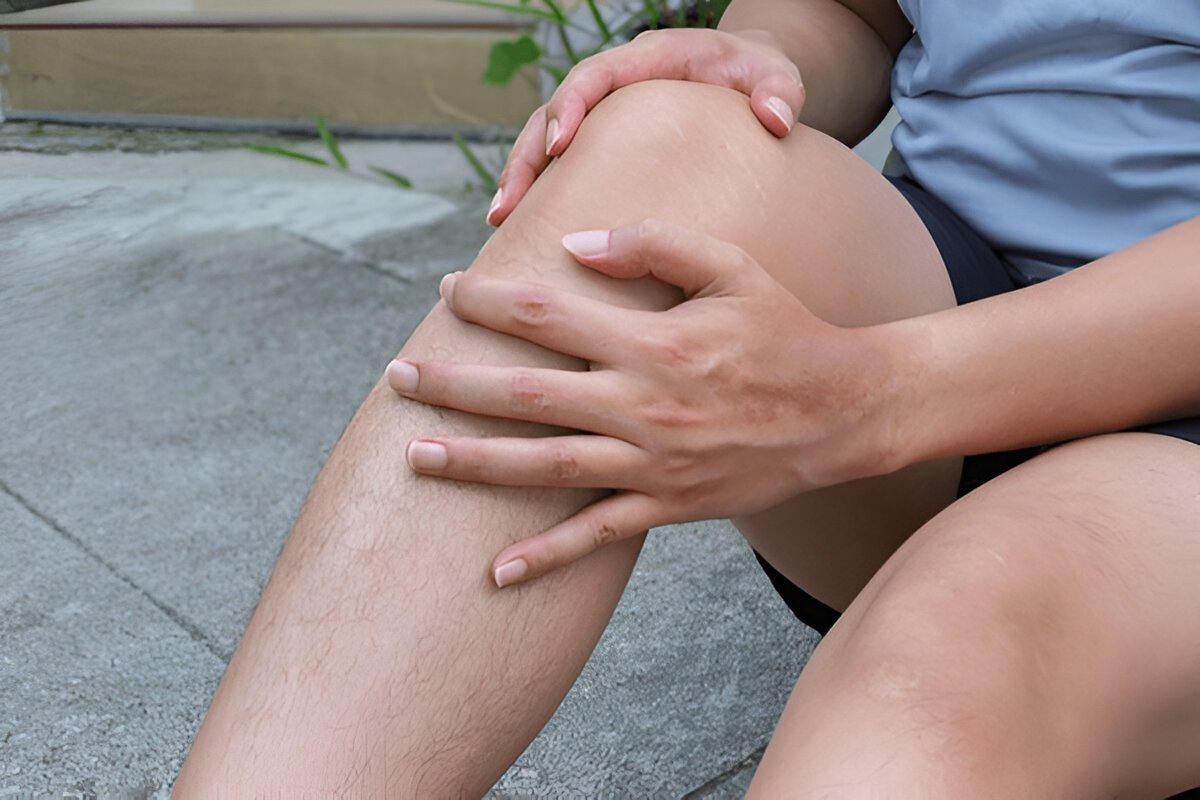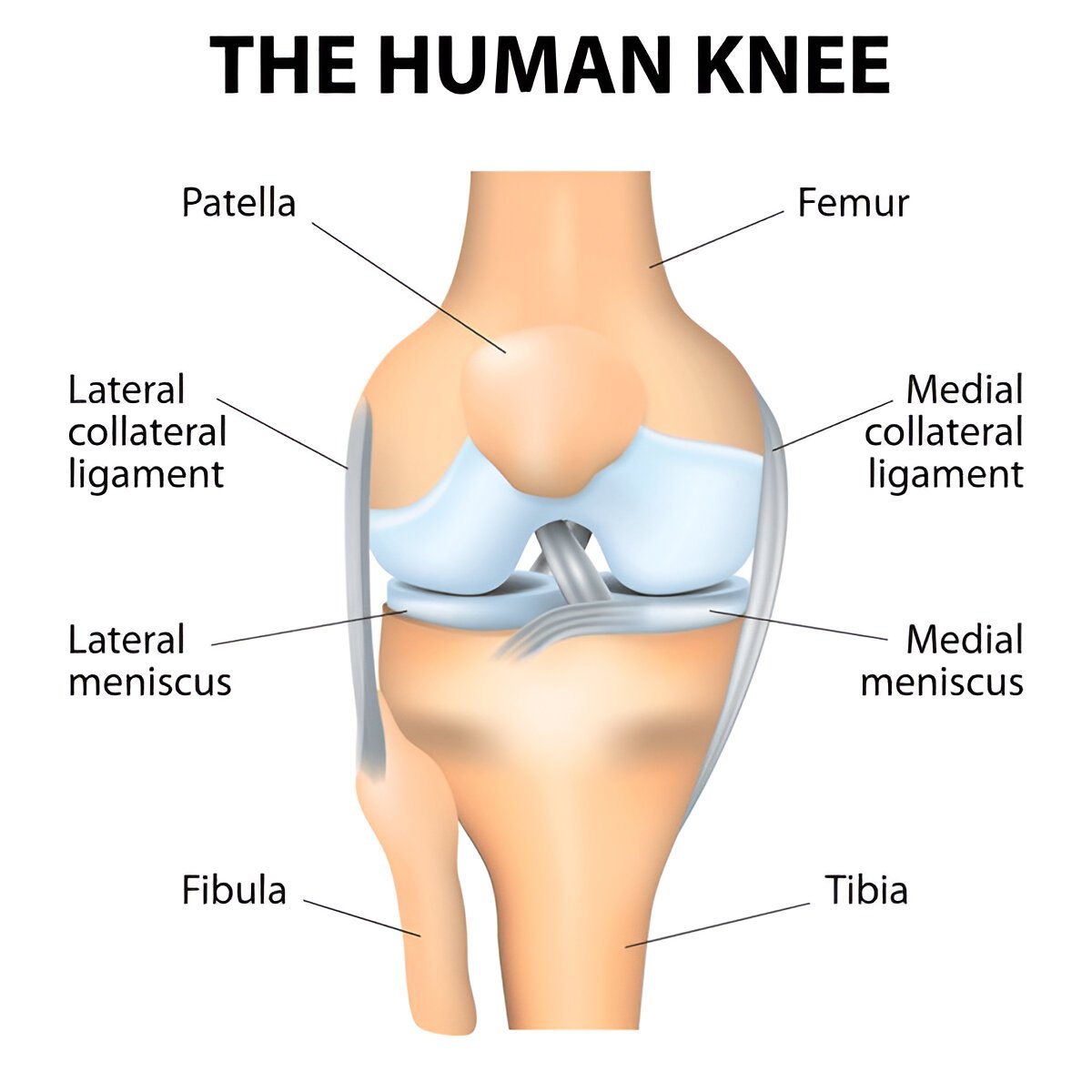MCL Strain Treatment in Singapore: Expert Physiotherapy for Stronger Knees
Regain Stability. Move Without Fear.
Here’s the truth: Knee injuries don’t wait for the perfect time. A sudden twist during football, a slip on a rainy mud road or even stepping off a curb the wrong way, can lead you to suddenly clutching your knee. That sharp pain on the inside? It’s often an MCL injury.
At Rapid Physiocare, we treat MCL sprains, tears, and chronic MCL pain every day. With tailored physiotherapy programs, we help patients rebuild strength, restore stability, and get back to doing the things they love safely and confidently.
What Exactly Is the MCL?
Think of your medial collateral ligament (MCL) as the seatbelt on the inside of your knee. Its job is to stop your knee from collapsing inward under pressure. When the ligament is overstretched or torn whether in sports, a fall, or everyday movements, you’re left with what’s called an MCL sprain or medial ligament sprain.
People usually ask, “How do you even tear a ligament?” The reality is that most ligament tears happen when the knee is forced sideways, twisted suddenly, or struck from the outside.
- Grade 1 sprain: Mild stretch, usually heals with guidance.
- Grade 2 sprain: Partial tear, often painful and unstable.
- Grade 3 tear: Complete rupture, sometimes requiring surgery.
The severity dictates recovery time, but here’s the key: early physiotherapy makes every case heal better.

Signs You May Have a MCL Injury
Common symptoms include:
- Pain along the inner side of the MCL knee
- Swelling or stiffness after movement
- A “giving way” or unstable feeling when walking
- Difficulty bending or straightening your knee fully
Small strains can feel manageable at first, but untreated injuries often lead to chronic MCL pain or recurring instability.
Can an MCL Heal Without Treatment?
Mild MCL sprains may improve with rest, ice, and controlled movement. But here’s the catch: without guided rehab, the ligament often heals weak, leaving the knee prone to reinjury.
- Minor sprains: May settle in 2–4 weeks with care.
- Partial tears: Typically 6–8 weeks of structured physiotherapy.
- Severe tears: 3 months or more, sometimes involving surgery and rehab.
This is why physiotherapy is one of the most effective and safest ligament tear treatments, helping the joint heal stronger, not weaker.

How Physiotherapy Restores Your Knee
At Rapid Physiocare, our approach to MCL physiotherapy in Singapore combines science, experience, and personalization. Here’s how we guide recovery:
- Early Intervention & Pain Relief
Taping, ice, and gentle mobilization to protect the ligament. - Movement Restoration
Step-by-step exercises to get full bending and straightening of the knee without stressing the injury. - Strength Training
Quadriceps, hamstrings, and hips to create a balanced foundation. - Balance & Proprioception
Teaching the knee to react under pressure again is important for athletes and active people. - Return to Activity Programs
From stairs to competitive sports, we tailor drills so you can get back to your lifestyle. - Managing Chronic Pain
For recurring MCL issues, we may use shockwave therapy and manual therapy.
Recovery Timeline: What to Expect
“How long is MCL tear recovery time?” It depends on the severity:
- Mild sprain: 2–4 weeks with proper care
- Partial tear: 6–8 weeks of structured physiotherapy
- Severe tear: 3 months or longer, especially if surgery is needed
Here’s the upside: patients who commit to early rehab often recover faster and return stronger than those who “rest it out.”
Why Patients Trust Rapid Physiocare
- Specialists in knee rehab: Decades of combined experience treating MCL sprains and ligament tears.
- Evidence-based care: Every program is backed by clinical research and global standards.
- Specialized recovery plans: No standard exercises, only what your injury grade needs.
- Convenient clinics across Singapore: Novena, Tanjong Pagar, Paya Lebar, Robertson Quay, and more.
- Proven outcomes: Thousands of patients have returned to sport, work, and pain-free living with us.
Start Your Recovery Journey Today
Your knees carry you through life. Don’t let an MCL sprain hold you back. With the right physiotherapy, recovery is faster, safer, and stronger than going it alone.
At Rapid Physiocare, we’re proud to provide trusted MCL sprain treatment in Singapore that helps patients rebuild stability and confidence step by step.
Book Your Appointment Now, and take the first step to regaining confidence in every step, stride, and sprint.
Frequently Asked Questions
Is walking good for an MCL strain?
It depends on the severity of your injury. For a Grade 1 sprain (mild stretch), gentle walking can actually help keep the joint mobile as long as there’s no sharp pain or instability. For more serious sprains or tears, walking too early may put extra stress on the ligament and slow healing. The safest approach is to walk only within your pain-free limit and use support (like a brace or taping) if your physiotherapist recommends it.
How long does it take for a sprained MCL to heal?
Recovery time varies based on the grade of the sprain:
- Mild (Grade 1): 2–4 weeks with proper care
- Moderate (Grade 2): 6–8 weeks with guided rehab
- Severe (Grade 3): 3 months or more, sometimes after surgery
Your healing timeline also depends on how consistently you follow your physiotherapy plan. Rest alone may reduce pain, but rehab ensures the ligament heals strong enough to prevent re-injury.
How can I speed up MCL recovery?
The fastest way to recover is a mix of early protection, guided exercises and consistency. Here’s what helps most patients:
- Ice in the first 48 hours to reduce swelling
- Bracing or taping if your physiotherapist recommends it
- Gradual physiotherapy exercises to restore motion and strength
- Avoiding high-impact movements until cleared
- Staying consistent with your home program between sessions
Skipping rehab or “pushing through the pain” usually slows recovery, while structured physiotherapy makes it both faster and safer.
Does physiotherapyhelp awith sprained MCL?
Absolutely. Physiotherapy is one of the most effective ways to treat an MCL sprain or tear. A physiotherapist doesn’t just reduce pain; they guide you through each stage of healing – from swelling control and restoring motion to strength training and balance work. Without rehab, many patients develop chronic MCL pain or knee instability. With rehab, the ligament heals stronger, and you get back to normal activities with confidence.
When to start physical therapy after an MCL sprain?
In most cases, physiotherapy should start as soon as swelling and acute pain settle, often within a few days of the injury. Early intervention helps restore movement safely and prevents stiffness. Your physiotherapist will tailor the intensity of exercises based on your sprain grade, so you’re never doing too much, too soon.
What exercises should I avoid with an MCL sprain?
Avoid movements that put stress on the inner side of your knee, especially early on. That means:
- Deep squats or lunges with heavy weights
- Side-to-side cutting or twisting motions (like in football or basketball)
- Jumping or high-impact drills.
Instead, your physiotherapist will guide you with safe, progressive exercises, moving from simple motion drills to balance and sport-specific rehab when your knee is ready.
Is heat or ice better for MCL recovery?
In the first 48 hours, ice is best. It helps reduce swelling and control pain. Apply it in short intervals (15–20 minutes at a time). Once the initial swelling is down, heat can help relax muscles, improve blood flow, and ease stiffness during the rehab phase. Many patients benefit from a mix: ice for flare-ups and heat for loosening before exercises.

